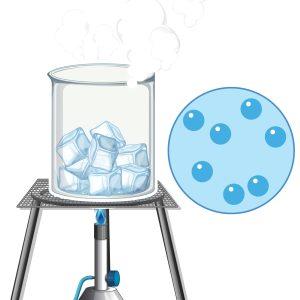Laboratory work #5 Studying the sliding friction force
Description In this laboratory you will measure the friction force and the normal force, by changing the normal force you will see that the friction force changes proportionally. Then change the sliding surface area and see if it affects the friction force. Finally, calculate the friction coefficient and compare it to the table value.
Laboratory work #5 Studying the sliding friction force Read More »









